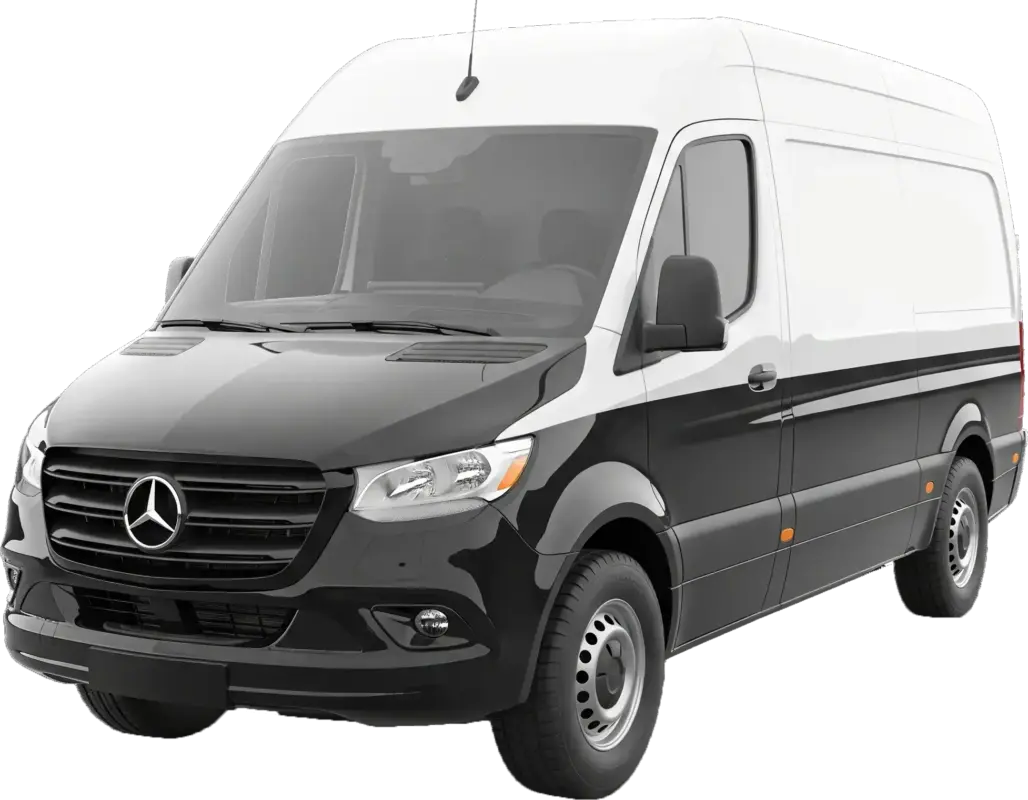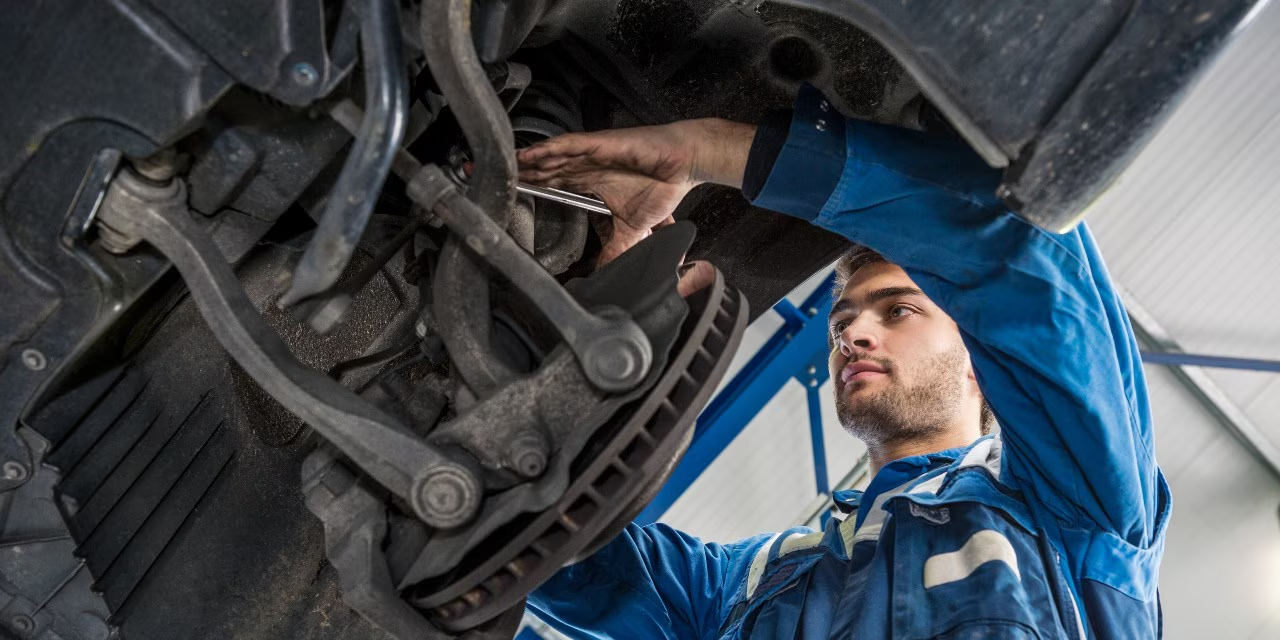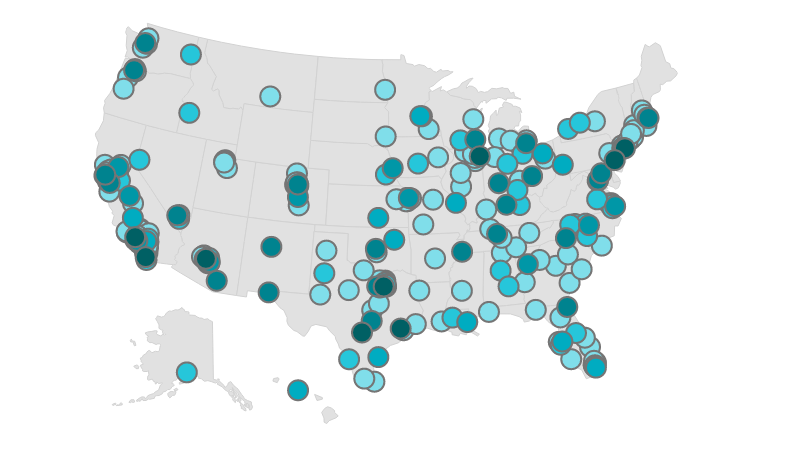What Are Brakes & Suspension and How Do They Work?
- Brakes: Pressing the pedal sends hydraulic pressure to calipers, clamping pads onto rotors to slow the vehicle. ABS and stability control help you stop straight and safely in all conditions.
- Suspension: Shocks/struts, springs, control arms, ball joints, and bushings keep tires planted on the road, absorb bumps, and maintain alignment for confident steering, braking, and tire life.
Why This Service Matters
- Shorter, safer stopping distances and solid pedal feel
- Stable, quiet ride with precise steering
- Prevents uneven tire wear and costly rotor/caliper or tire replacement
- Keeps ABS/traction systems and alignment within spec
Important to Know
- Brake pad life: typically 30,000–70,000 miles (driving style varies). Rotors often last 1–2 pad sets; replace if warped, below spec, or heavily scored.
- Brake fluid absorbs moisture—flush every 2–3 years or per manufacturer schedule.
- Shocks/struts commonly wear by 60,000–100,000 miles; leaks, bounce, or nose‑dive indicate replacement.
- After replacing steering or suspension parts (tie rods, control arms, struts), a wheel alignment is recommended.
- We use OEM or equivalent parts and include new hardware where required. Torque specs and bedding procedures are always followed.
How Brakes & Suspension Service Is Done
Brakes
- Road test and inspection: pedal feel, noises, vibration, and pull.
- Measure pad thickness, rotor thickness/runout; inspect calipers, hoses, hardware, and fluid.
- Replace pads and rotors as needed; service/lubricate slide pins; replace hardware and wear sensors where equipped.
- Brake fluid service if due or contaminated.
- Reassemble, torque wheels to spec, bed-in pads, and verify no leaks or warning lights.
Suspension
- Inspect tires, ride height, shocks/struts for leaks, mounts, bushings, ball joints, and tie rods; check wheel bearings and sway‑bar links.
- Replace worn components (shocks/struts, control arms, ball joints, tie rods, links, bushings). Torque fasteners at ride height to protect bushings.
- For struts: transfer or install new mounts/bearings as required; use proper spring compression or quick‑strut assemblies where applicable.
- Road test for clunks, pull, and bounce. Recommend post‑repair alignment.
Common Repairs We Handle
Brakes
- Brake pads and rotors (front/rear)
- Caliper replacement and slide service
- Brake hose/line replacement and master cylinder
- Parking brake adjustment/repair
- ABS wheel‑speed sensors and tone rings
Suspension/Steering - Shocks and struts (including quick‑strut assemblies)
- Control arms and bushings
- Ball joints and tie rod ends (inner/outer)
- Sway‑bar links and bushings
- Wheel bearings/hub assemblies
- Strut mounts/top hats and spring replacements
When to Repair vs. Replace
- Brakes: Replace rotors if below minimum thickness, heat‑spotted, or causing pulsation; replace calipers if leaking or seized.
- Suspension: Replace shocks/struts with leaks, severe bounce, or top‑mount noise; control arms/ball joints if play or torn boots; wheel bearings if growling/humming or with excessive play.
Signs You May Need Brakes & Suspension Service
Brakes
- Squealing, grinding, or scraping when braking
- Steering wheel shake or pedal pulsation
- Car pulls to one side or pedal is soft/spongy
- Brake or ABS warning light on
Suspension/Steering - Clunks, creaks, or rattles over bumps
- Excessive bouncing, nose‑dive on braking, or body roll in turns
- Uneven or cupped tire wear; vehicle wanders or pulls
- Steering feels loose; vibration or humming that changes with speed
How Important Is This Service?
Critical for safety and tire life. Worn brakes or suspension increase stopping distance, reduce control, and can damage tires and other components. Nationwide Mechanics brings certified technicians and quality parts to your driveway for safe, quiet braking and a stable, comfortable ride.
What You Get with Top Notch Mobile Repair LLC
- Certified mobile technicians
- Upfront pricing and a digital inspection report
- OEM or equivalent parts with new hardware where required
- Correct lubrication, torque, and pad bedding procedures
- Post‑repair road test and guidance on alignment if needed
- Convenient at‑home or office service




